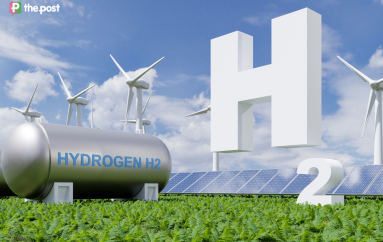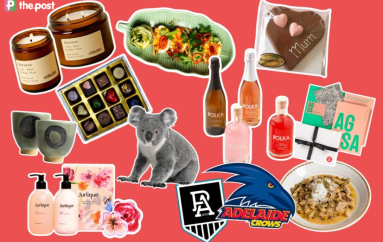Expect the unexpected at the 10th Palmer Sculpture Biennial
Sited on a sprawling hills property, far from inner-city galleries, the 2022 Palmer Sculpture Biennial requires visitors to don their walking shoes and brave a bit of dust – but the reward is a striking and memorable contemporary art experience.

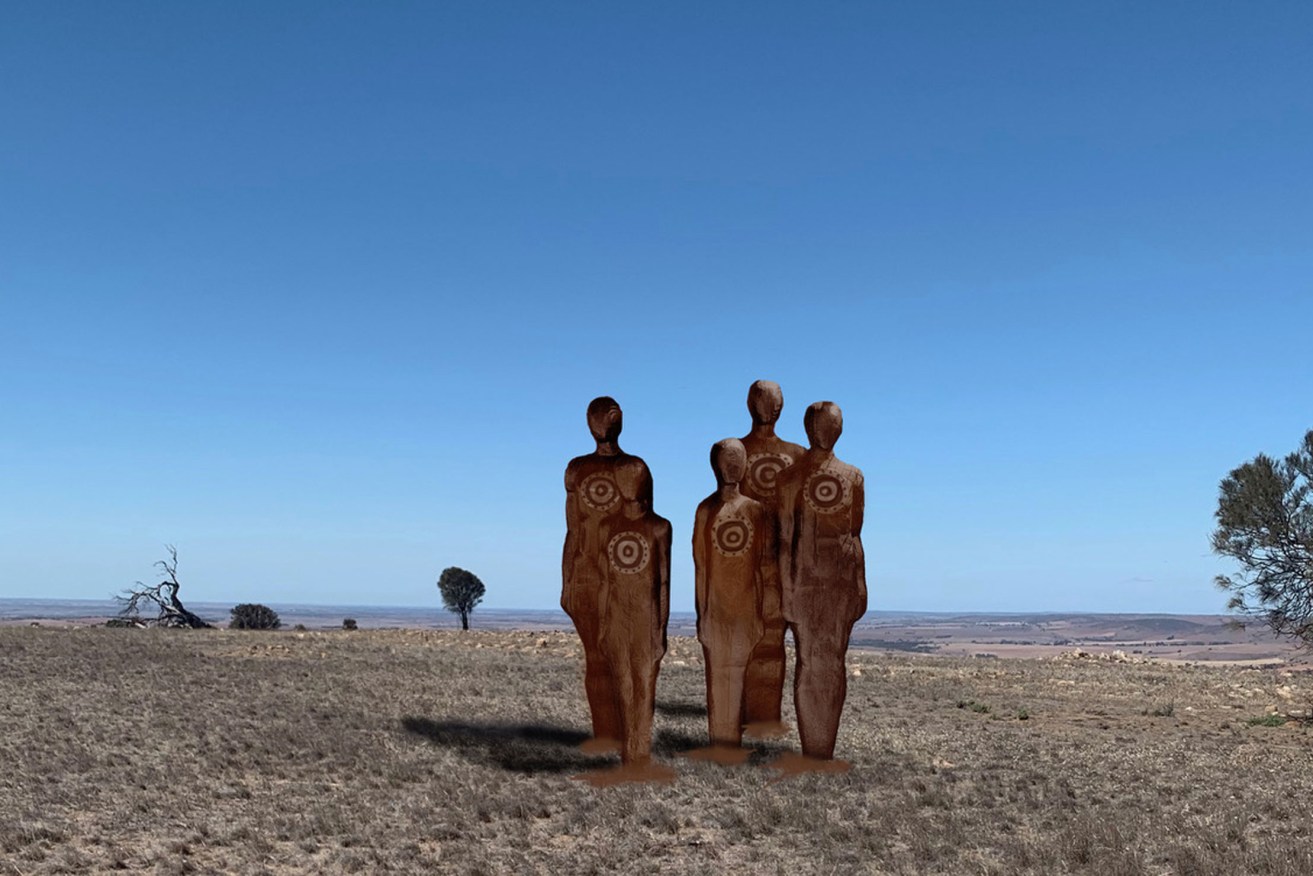
Clancy Warner's 'Fragile Existence' is showing in the 2022 Palmer Sculpture Biennial.
This little love child, the offspring of Greg Johns’ affair with a bit of bad lands on the bare-arsed outcrops of Palmer where the rocks lean away from the wind, is coming of age. Celebrating its 10th anniversary this year, it is now one of the longest-running professionally curated sculpture exhibitions in Australia.
People who go know what to expect. Those who don’t, who are fearful of a bit of dust on the SUV or think that the Palmer Biennial is a bunch of hillbillies building twig sculptures and hanging ribbons on trees – they miss out. Tough. But there’s always the path for redemption. Like, go this year.
Set the satnav to Big Adventure (Art) and let destiny light your way. But be warned: The path to redemption can quickly become a via dolorosa as the uplands beckon but the knees buckle. When was the last time you raised a sweat to see some art? Got dust on your shoes? Rarely, one suspects. A lot of gallery-based experiences are not all that memorable, more a sauntering from room to room, rewarded by a little pinot gris after an exhausting 30-minute encounter with contemporary art. Not Palmer.
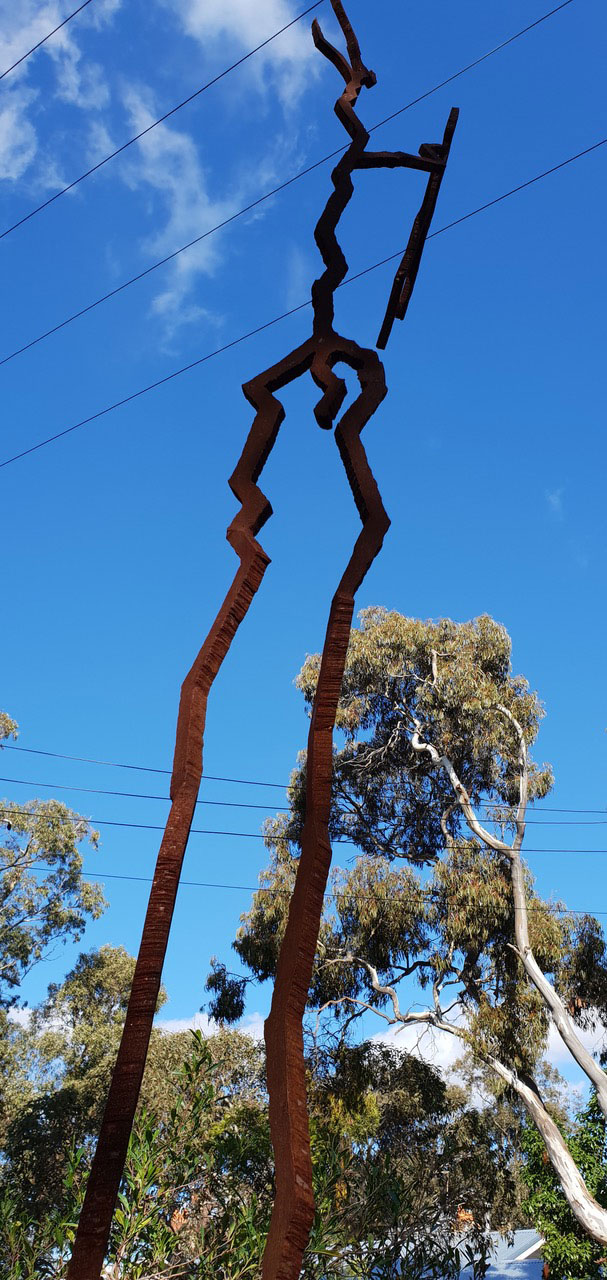
Monument to Jandamarra is Greg Johns’ towering work in the 2022 Palmer Sculpture Biennial.
From the outset, when sculptor Johns acquired this property in 2001, he envisaged that it would be the reset button, a place where sculpture could be sited and experienced outside the usual galley contexts and the land could become the healthy, biodiverse system it used to be before over-clearance and grazing ripped out its heart.
Confronting any artist is a lot of space and light. At midday the sunlight can fall like a hammer. Metal reflects and dissolves form. Painstakingly conceived and constructed sculptures can be reduced to dashes and dots on an epic canvas defined by a land mass meeting the sky. Little wonder that the response of some artists has been to run for cover, to tuck their works into crevices – or, conversely, adopt bold profiles on hilltops.
Given that a number of artists are repeat exhibitors, are we looking here at something like a “Palmer style”? Hardly. Flicking through the back catalogue of hundreds of images of previous biennial works, it’s more a case of expect the unexpected.
Palmer Sculpture Biennial 2022 features the work of 23 artists. Six are from interstate and one from overseas. The project has always included an outstanding sculptor, in recognition of their contribution to Australian art. This year that artist is Orest Keywan, who has been described by international art critic Sebastian Smee as “one of the best sculptors we have”.
Another feature of the PSB is recognition and opportunities offered to emerging artists. In 2022 they include Madi Whyte, an artist from rural Victoria who is interested in exploring the language of line and form, and the architecture of dystopian landscapes. The other emerging artist is a South Australian, Jake Mercury-Shaw.
This year, in conjunction with the PSB, David Kerr is curating a parallel project which is essentially an archive marking the 10 biennials (since 2004). Look for it in the Murcutt-meets-Turrell corrugated yurt (aka The Round Space) near the property’s “Verandah”.
Steven Cybulka’s First Fix, in the 2020 Palmer Sculpture Biennial, offered an assembly of braced timber frames, stacked together like building frames set on a dry grass hillside. PSB 22 features a collaboration between Cybulka and Craige Andrae, Second Fix, which maintains the focus of a notional house build. So there’s something to hang some thoughts on – objects and ideas displaced from their usual contexts to generate fresh perspectives.
Greg Healey’s Towers, travels and tenosity adopts a similar principle in reflecting the presence, in otherwise featureless landscapes, of communication towers. Astra Parker joins the construction gang with Transient Dwelling, bricks arranged into temporary habitations which reference transitional and unstable states between shelter and displacement.
Mercury-Shaw is also in the construction drop zone – with a difference. His active ingredient is mushroom mycelium, which if you bother to read up on it, is some kind of manna from heaven, such are its properties and applications. When the artist starts talking about mycelium-based furniture, you know he’s on a remarkable journey. He’s a “builder” in the company of others in this biennial, but he’s more a facilitator. The form and scale of his work, FOMP, will be determined by the process of growing it on site.
Given that Palmer is a deep time site with a geological spreadsheet the envy of other landmasses and a corresponding cultural history stretching across millennia (this is Peramangk country), a number of artists reflect on ancestral links.
Greg Johns sees the struggle to restore Palmer’s biodiversity as analogous to the resistance of the Bunuba warrior Jandamarra, who successfully opposed the invasion of his Kimberley region by Europeans in the late 19th century. The take-away lesson for Johns is that a contemporary generation has a custodial role in protecting country. His Monument to Jandamarra seeks to evoke in lightning bolt gestures the power and imperative of remembering.
Gina Allain has, since 2008, facilitated painting, weaving and ghost-net art projects with Aboriginal and Torres Strait Islander communities. Her Strange Fruit – composed of marine debris and discarded driftnets, dangling from trees – is complex in its messaging, suggesting that art can heal but also reveal ecological destruction.
It may be best to experience Under Wraps, a collaborative project by the Union Street Sculptors, later in the day when raking light will define the drapery of mysterious, enveloped figures and that sense of together we are alone.
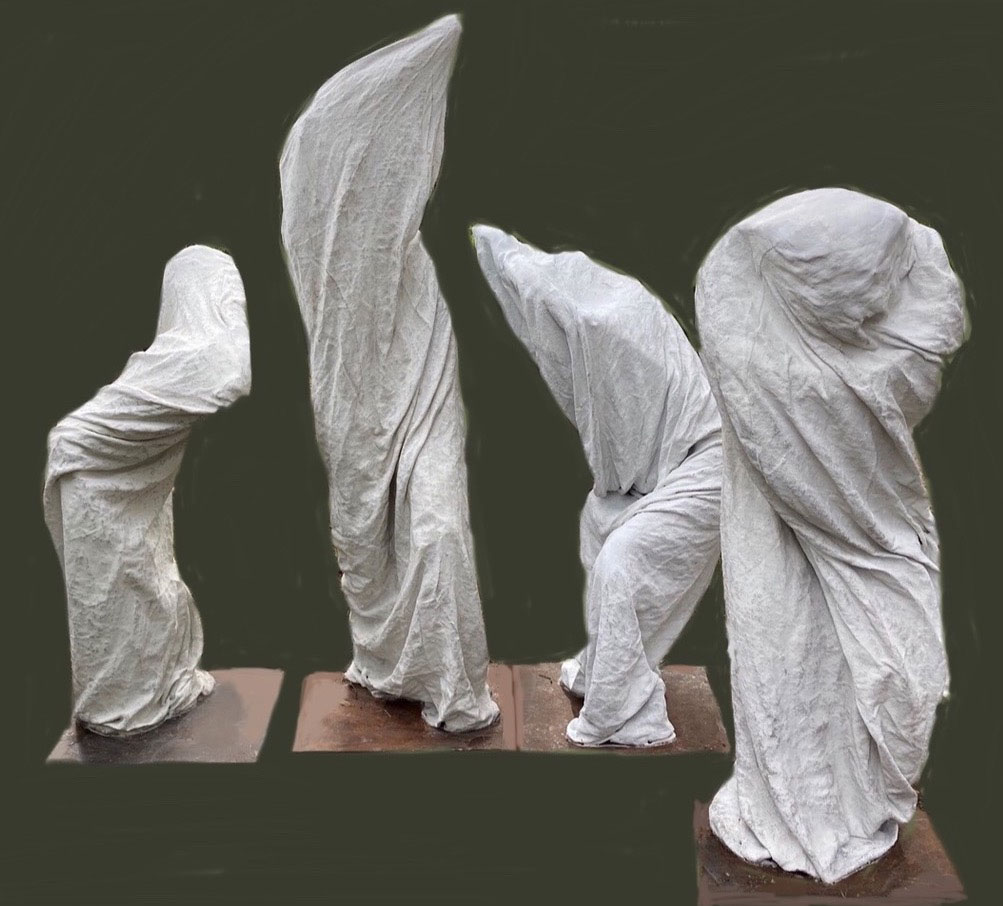
Under Wraps, a collaborative project by Union Street Sculptors, before its installation on site.
Clancy Warner’s previous Palmer Sculpture Biennial figures were made of timber and able to withstand selfie hugs; not so the thin, wax figures in this biennial – they are designed to melt, as a metaphor for fragile existence. So be quick if you want the upright version.
Rocks define the Palmer landscape. But so many have been shipped off to the city to complement sprinkler-fed lawns. With the instincts of a true Surrealist, Deb Sleeman, in her Catching Rocks, speculates that these rocks might dream of one day going home. As with many works in this year’s Palmer Sculpture Biennial, it’s a case of “hold that thought”.
The Palmer Sculpture Biennial 2022 runs until April 17 and is open on weekends from 11am-5.30pm and on Wednesdays from 2pm-5.30pm. The property is 3.5km down the Davenport Road, which starts opposite the hotel at Palmer on the way to Mannum.
